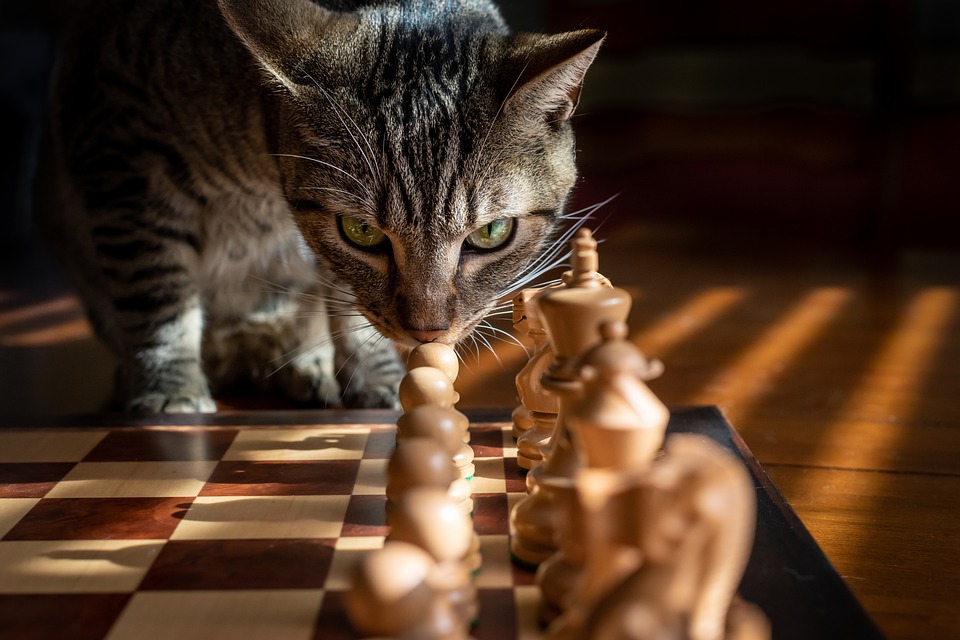Cats are known for their keen sense of hearing, but just like humans, they can experience various ear problems. As a responsible cat owner, it is crucial to recognize the signs and symptoms of these issues and take appropriate measures to manage them. In this article, we will explore the common ear problems that cats may face and provide insights on how to address them effectively. Additionally, we have included a FAQ section to answer some commonly asked questions about feline ear health.
I. Understanding Feline Ear Anatomy
Before diving into the specific ear problems, it is essential to have a basic understanding of a cat’s ear anatomy. A cat’s ear consists of three parts: the outer ear, the middle ear, and the inner ear.
1. The Outer Ear
The outer ear includes the pinna (earflap) and the ear canal. The pinna captures sound waves and directs them into the ear canal.
2. The Middle Ear
The middle ear contains the eardrum (tympanic membrane) and a collection of small bones called ossicles. These bones transmit sound vibrations from the eardrum to the inner ear.
3. The Inner Ear
The inner ear is responsible for converting sound vibrations into electrical signals that the brain can interpret. It also helps cats maintain their balance.
II. Common Ear Problems in Cats
1. Ear Mites
Ear mites are tiny parasites that infest a cat’s ear canal. They cause intense itching, inflammation, and can lead to secondary infections if left untreated.
2. Ear Infections
Bacterial or yeast infections can occur in a cat’s ear due to allergies, moisture buildup, foreign objects, or underlying health conditions. Symptoms include redness, swelling, discharge, and a strong odor.
3. Ear Hematomas
An ear hematoma occurs when blood vessels in the ear rupture, resulting in a swollen, painful pocket of blood. Trauma, vigorous scratching, or ear infections can lead to ear hematomas.
III. Recognizing Ear Problems in Cats
Detecting ear problems in cats can be challenging, as they often hide their discomfort. However, there are some signs that may indicate an issue:
1. Excessive Scratching
If your cat is scratching its ears excessively or rubbing them against surfaces, it could be a sign of ear irritation or mites.
2. Head Shaking
Frequent head shaking, tilting, or a wobbly gait may indicate an ear infection or discomfort in the inner ear.
3. Discharge
Abnormal discharge from the ears, such as pus, blood, or a dark, waxy substance, may suggest an infection or mite infestation.
IV. Managing and Treating Ear Problems
When faced with a cat experiencing ear problems, it is crucial to consult a veterinarian for an accurate diagnosis and appropriate treatment. Treatment options may include:
1. Medication
Your veterinarian may prescribe antiparasitic medications, antibiotics, anti-inflammatory drugs, or antifungal medications, depending on the specific issue.
2. Ear Cleaning
Regular ear cleaning can help prevent ear problems. However, it is vital to use a veterinarian-approved cleaning solution and follow proper techniques to avoid causing harm.
3. Preventing Recurrence
Identifying and addressing underlying causes, such as allergies or foreign objects, can help prevent recurrent ear problems. Regular check-ups and maintaining good overall cat hygiene are essential.
Frequently Asked Questions (FAQ)
1. Can I use over-the-counter ear drops to treat my cat’s ear problem?
It is strongly recommended to consult a veterinarian before using any medication on your cat’s ears. Some over-the-counter products may be harmful or ineffective.
2. Can cats get swimmer’s ear?
Cats can develop a similar condition to swimmer’s ear, known as otitis externa, which is an inflammation of the outer ear canal. This can occur due to moisture buildup or swimming.
3. How can I prevent ear mites in my cat?
Regularly cleaning your cat’s ears, avoiding contact with infected animals, and keeping your cat’s environment clean can help prevent ear mite infestations. Additionally, consult your veterinarian for preventive measures.
By being attentive to your cat’s ear health, promptly addressing any problems, and seeking professional advice when needed, you can ensure your feline companion’s ears remain healthy and free from discomfort. Remember, a happy cat is a healthy cat!








